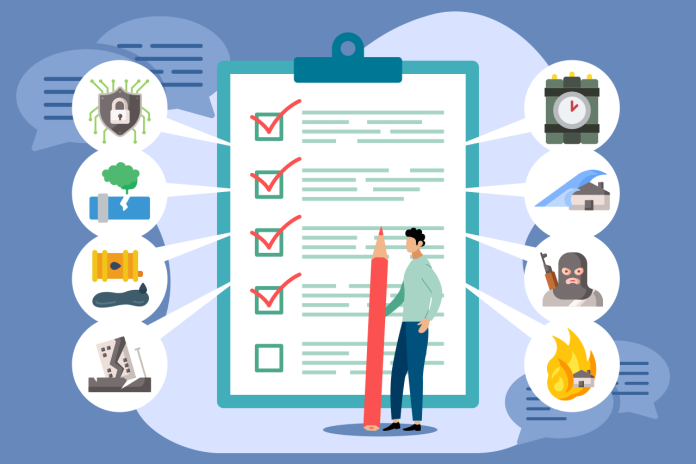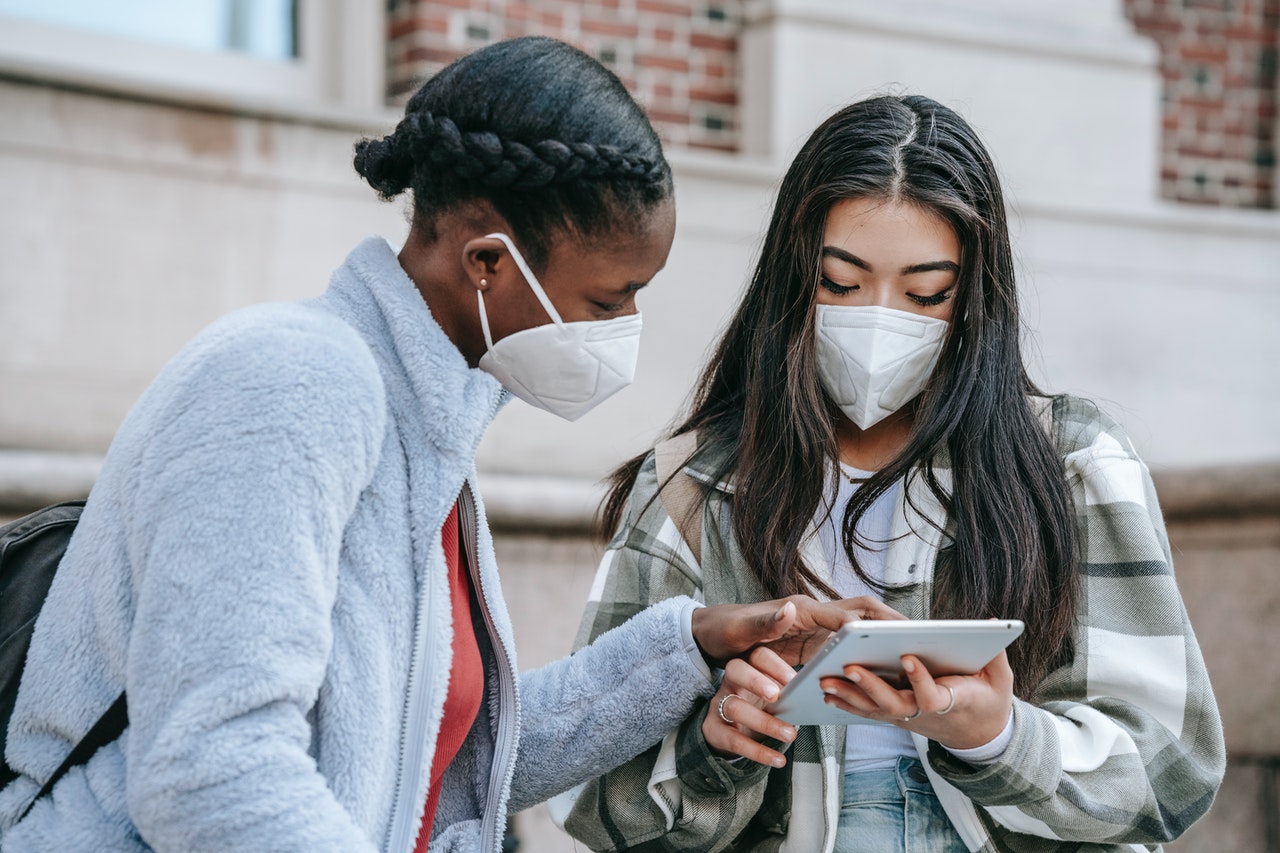As a business owner, operating in the unpredictable can feel like a regular day—but when it comes to the safety of your employees, you should always be prepared. As employees come back into office spaces, it’s crucial that you set up emergency procedures, plans and resources to protect everyone in your building. To get started, here are seven tips to jumpstart your emergency preparedness:
Table of Contents
1. Hire an outside evaluator.
When you don’t have all the answers yourself, it’s a good idea to go to the professionals. Hire an outside evaluator to review your current emergency practices, identify potential hazards and help you adapt your strategy. Depending on your industry, you may need to meet additional safety regulations to prevent equipment or on-site emergencies. If you’re not able to get an evaluator into your office soon, the Occupational Safety and Health Administration Organization (OSHA) has provided a program evaluation and improvement outline that you can use to assess your current procedures.
2. Conduct regular company-wide training.
Just as you may prioritize regular training on expense reports or office conduct, regular reminders of safety procedures could be the difference between a regular day and disaster. Schedule frequent opportunities to review your plan with employees and ensure everyone has access to your emergency documentation. Keep in mind, safety training doesn’t have to be boring – you can pair your meeting with a catered lunch, giveaways or other fun activities to keep your employees engaged.
3. Create assigned safety committees.
You don’t have to handle this all on your own. It’s recommended that you involve other employees at your company to take responsibility over developing and maintaining your emergency procedures. Consider forming a volunteer committee to manage the safety upkeep that could easily slip off your radar. If possible, compensate your employees for their time and schedule regular check-ins to make sure they have all the right resources and time to complete what is delegated to them.
4. Provide public access safety supplies.
Education will only be part of your process. As a business owner, plan on dedicating a portion of your annual company budget to purchasing and restocking safety supplies in your office. Public access safety supplies can range from tourniquets to bleeding control kits and extremity trauma bundles. Start by purchasing a couple comprehensive emergency trauma stations that can be mounted on walls across your office. Based on your space and its potential hazards, you can supplement these kits with specialized bundles.
5. Invest in emergency labels and signage.
It’s easy to underestimate the power of a sign, but visual cues and reminders that point people toward safety supplies and procedures can make a big difference. Mandatory office signage includes:
- Danger: used to mark serious hazards
- Warning: used for hazards that below danger signs but could result in death or serious injury
- Caution: used for potentially hazardous areas
In addition to these signs, post your emergency exit plans, exit signs and supply closet signs where appropriate. You can never overdo it when it comes to safety signage—so don’t be afraid of labeling more than you think.
6. Keep things clean around the office.
Workplace clutter isn’t just a mess to clean up: it’s a hazard you need to remove! Clutter is one of the main causes for preventable emergencies in the workplace. Unorganized excess in your space can increase the risk of fire, block fire escapes, block entrances for first responders, increase risk of structural damage or cause significant injury. Make sure your office is clean at all times and pay close attention to problem areas like closets or overfull storage bins.
7. Focus on people first.
No matter how you do it, remember that emergency preparedness is all about protecting the people in your building. When anyone’s safety is at risk, think about the people (and not your profits) first. An investment in safety is an investment in your team—show them you care by being prepared.












